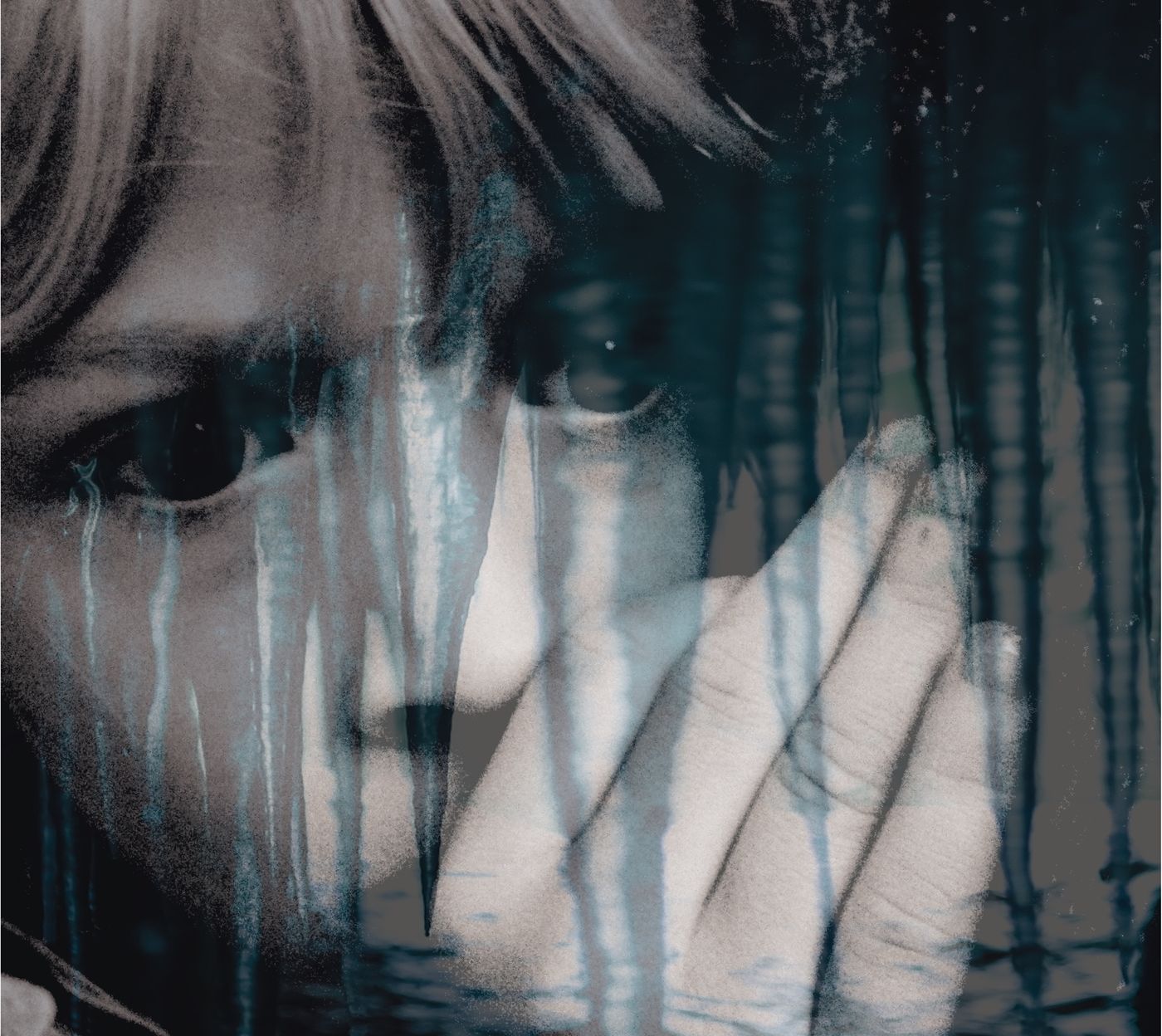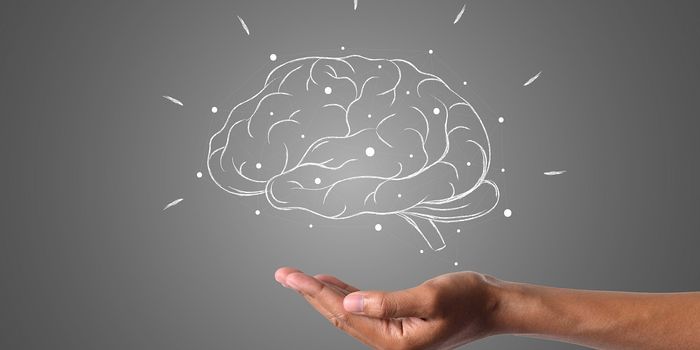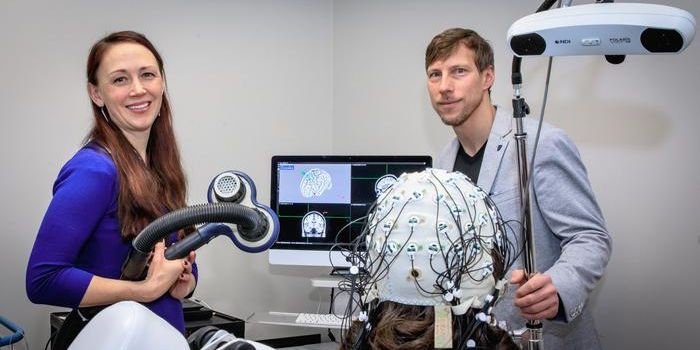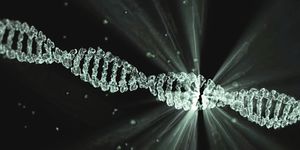Beyond Fight or Flight: How the Brain's Freeze Response Should Shape the Judicial System
Disclaimer-This article contains information regarding sexual assault cases. If you or anyone you know has been a victim of sexual assault, help is available. Visit the Rape, Abuse & Incest National Network website or contact RAINN's National Helpline at 1-800-656-HOPE (4673).
In the spring of 1969, 22-year-old Linda Salee purchased a present for her boyfriend’s birthday at a Portland shopping mall. As she returned to her red Volkswagen Bug, a man approached her with a badge. Salee was told she matched the description of a reported shoplifter and she’d have to go to the police station for questioning.
She got into the man’s car and didn’t protest when the vehicle proceeded to drive an hour away from downtown Portland. “It was funny,” the man recalled, “it was like she wanted to go with me. She didn’t say anything at all.”
Freeze is a common response to a threat, a state of attentive readiness that helps an animal avoid detection by a predator or optimize surveillance. But freezing isn’t a solution to all dangers. It certainly isn’t helpful to a deer frozen in headlights, and it didn’t help Salee.
One aggressive behavior that threatens members of many human societies is rape and sexual assault (RSA). It’s estimated that 30% of women have experienced RSA in their lifetimes. Immobility during RSA (IRSA) is a common phenomenon, with one study of 298 European RSA survivors finding that 70% reported immobility during their assault. Many described a strong desire to escape and the inability to do so.
Neuroscience can answer the difficult question of why RSA victims don’t respond. A neural circuit, preserved for millions of years, explains why freezing is seen across the animal kingdom.
Also called involuntary immobility response, since the 1980s neuroscientists have studied freezing behavior in rodents to understand everything from learning to post-traumatic stress disorder. Experiments will commonly measure the length of time an animal freezes when presented with a possible threat. For example, when the freezing time of a group of animals receiving anti-anxiety medication is compared to those receiving a placebo to measure calming effects.
Research has described freezing as either superseding or on par with other defensive moves, such as physical resistance (fight) or escaping (flight). Another perspectives suggest the neural drive to freeze overrides fight or flight.
Salee and her captor pulled into the stand-alone garage of a private home. Her captor tied her with rope, and she waited patiently while he was called to dinner by his wife. At this point, the police investigator interrupted the captor’s story, “You’re telling me that Linda Salee was out there in the garage alone while you went in and ate dinner?”
“Funny thing, though,” said the captor, “when I went back out there to check on her after I ate, she’d gotten loose of the rope.” Not only that, Salee hadn’t attempted to leave the garage or use the working phone to call for help.
If played on the silver screen, audiences would scream at Salee to do more. Movie critics would roll their eyes at the classic mistakes of a victim in an unrealistic horror movie.
Neuroscience informs us that animals are not always in complete control of their action and that a lack of response is not necessarily voluntary. Unfortunately, that’s not how the judicial system sees behavior.
Acting with intention is a major component of criminal law. We are responsible and thought to have choice and control over our actions. When legal philosophy explores a lack of action, it can frame freezing as intentional.
Rape myths describe who should and shouldn’t be considered victims based on biological ignorance. One example is the “why didn’t she struggle?” myth, even though the presence of resistance is not in the definition of RSA.
Measuring the lack of something or proving a negative presents a challenge in science and the judicial system. There’s little trace of explicit consent left after people interact privately. Consequently, a mutually agreed upon report of a lack of action can instill doubt about consent in the minds of jurors, judges, and society as a whole.
When her abductor came back from dinner, the five-foot-one Salee fought back. “I don’t know why- because she’d been so quiet all the time coming down and when I first put her in there,” he said. Salee was strangled to death in the struggle by her abductor, the shoe fetish killer Jerry Brudos.
Ann Rule’s book, “Lust Killer,” explains Salee’s response as “terrorized into immobility... Just as a mouse tormented by a cat will simply give up, unable to run any longer, paralyzed by fright and indecision.” While a visually compelling characterization of the events surrounding Salee’s death, such descriptions break down when examined from the neuroscience perspective.
There's a widespread push to change the well-known idiom "fight or flight" to "fight, flight or freeze." In a recent commentary piece in Nature Human Behavior, Ebani Dhawan and Professor Patrick Haggard from the University of London argue that this conceptual change in the legal system is critical for justice. The authors call for an improved legal understanding of neuroscientific evidence regarding involuntary immobility during RSA.
On the stand, it's difficult to answer "why" a victim failed to respond because these behaviors are not voluntarily chosen. The question of why a victim froze "appears to be straightforward victim-blaming, diverting the attention of the court away from the aggressive behaviour of the assailant towards the purportedly strange behaviour of the victim."
The judicial system recognizes states where people lack control of their actions, such as the "Ambien-defense" cases that pit responsibility for one's actions against subverted cognitive states. The legal system will also recognize the pressure of threats to one's life and coercion to excuse behavior.
At Jerry Brudos' trial, no one argued that Salee wanted to die due to her freezing. Assuming that victims of RSA are intentionally staying still to demonstrate consent or ambivalence to the sexual actions of others goes against what we know and have studied about freezing behavior for decades.
Freezing is not a passive brain state. Our bodies have received information about our environment that's so terrifying that a threat response circuit in the brain has put the brakes on the motor system.
Describing in generalities, a brain region called the amygdala receives and integrates threat information to generate fear. It then signals the brainstem area responsible for launching a defensive response; the periaqueductal gray (PAG). When a sub-area of the PAG responsible for freezing (vlPAG) is stimulated, motor responses get put on hold. At the same time, vigilance, heart rate, breathing, and muscle tone heighten. When the vlPAG's brakes are released, the fight-and-flight PAG areas trigger a rapid response aided by the enhanced blood flow and information gained during the freeze.
But what if the brakes aren't lifted? Then the complete suspension of physical action could place an animal in direct contact with danger.
There are limits to our ability to study freezing behavior in humans. No institution is going to allow experiments that present extreme threats to participants. But great strides have been made in human experiments that support the use of non-human animal models.
We've learned a lot about the threat response circuit thanks to rodent research. For example, take the mouse described by Ann Rule. It's now thought that "learned helplessness" isn't learned at all. Instead, by dissecting the brain circuitry experimentally, it appears non-human and human animals learn the presence of control instead of the absence of it (See Maier & Seligmen, 2016 for a historical review). Learned helplessness involves unique brain regions from freezing, and it's not as simple as a mouse looking at a sizable cat, predicting defeat, and rolling over.
Learned helplessness relates to IRSA when one considers the individual's life history. A background of aversive life events may make one more susceptible to spontaneous freezing in mice and humans. The complexity contributing to these phenomena goes from the density of gray and white matter to the number of neurotransmitters a neuron can release.
When neuroscientists in this sub-field barely scratch the surface of these networks, how can we expect the judicial system to adapt accordingly?
Authors Dhawan and Harrard argue that while complex, scientific evidence is not beyond judicial application. The courtroom and popular culture's view of decision-making imagines that actions are generated from areas of the brain responsible for critical thinking. But the brain circuitry involved in behavior is exceedingly messy.
Authors Dhawan and Haggard put forth that the threat response circuit is involved with human immobility during RSA (IRSA), causing the inability to move or shout. The authors state unequivocally that IRSA should be regarded as "an involuntary omission of voluntary action."
The judicial system assumes that our minds process all information, past and present, to produce our actions. However, the high-level outer regions of the brain aren't always in control. Deeply embedded and ancient threat response regions are specifically designed for defense. These hardwired networks can command behavior that ignores rational decision-making.
While stories of freezing are common among victims, they're often approached with skepticism. Arguing from victim testimony and extensive laboratory studies on both human and non-human animals, Dhawan and Haggard advocate for a more enlightened perspective on innate behavior and voluntary actions within judicial systems. From potential perpetrators to law enforcement officers and throughout the court system, an urgent demand exists for a deeper comprehension of the intricate nature of human behavior and its underlying biology.
Sources: Philosophical Transactions of the Royal Society B, Lust Killer, Neuroscience and Biobehavioral Reviews, Nature Review Neuroscience, Nature Human Behaviour, Psychological Review












